
UN Report from Somalia - The case of Ali Abdi Wardhere
The case of Ali Abdi Wardhere (Ali Ali Yare)443
S/2016/919
16-16743
441 For an overview of challenges to freedom of expression in Somalia and the frequent arrest of journalists and shuttering of media houses on state security grounds, including during the current mandate, see UN Assistance Mission in Somalia, Report on the right to freedom of expression, Striving to Widen Democratic Space in Somalia’s Political Transition, August 2016; see also, Human Rights Watch, Like Fish in Poisonous Waters, attacks on media freedom in Somalia, 2 May 2106, available at, https://www.hrw.org/report/2016/05/02/fish-poisonous-waters/attacks-media- freedom-somalia
442 !175/!285The SEMG continues to investigate these cases and will share with appropriate authorities, to the extent that it does
not harm potential witnesses.
443 Mr Ali Yare provided the SEMG with a written statement and supporting documents in addition to engaging in four interviews with the SEMG dealing with his experience between May and August 2016, in person in Nairobi, and on phone and Skype.
S/2016/919
-
Only one of the five principal interviewees was willing to allow details of his case to be shared publicly.444 Between March and May 2015 Ali Yare (Haber Gedir/Ayr), a well-known political activist and blogger, received a series of threats from government actors, on phone and on social media in relation to his political writings. Mr Ali Yare described to the SEMG how in March 2015 he was brought to a meeting with President Hasan Sheikh who personally warned him about his conduct in the presence of the Minister for Interior and Federal Affairs and other officials. In late May 2015 Mr Ali Yare was arrested twice and questioned by the security services about his political activities and ordered to attend and sign-in regularly at the station.445 He was informed in particular that the President was "unhappy” with his engagement in the formation of the Interim Galmudug Administration (IGA) including his role as campaign manager for the IGA Presidential aspirant, Ambassador Ahmed Abdelsalam Adan.446Indeed, in the weeks preceding his detention Mr Ali Yare had been prevented from flying to Adado on four occasions when he presented himself at Mogadishu airport. Finally on 11 June 2015 Mr Ali Yare was arrested from his home by NISA personnel, assaulted and blindfolded and taken to the Madahtoyo NISA investigation facility at Villa Somalia.447
-
During the first period of his detention Mr Ali Yare was regularly blindfolded, taken from his cell, slapped, pushed down on the ground, interrogated and threatened with death. He stated that he was accused of wide variety of illegal activities, including undermining the state and killings (at a time when he was a child). He was not permitted access to a lawyer but members of his family were allowed to visit briefly on 19 June 2016. After about ten days in detention, Mr Ali Yare states that he was taken to the location of the Supreme Court but ultimately not permitted to enter the facility, remaining in the courtyard. When the principal official returned to the vehicle, however, it was implied that an order had been obtained extending his detention but Mr Ali Yare was not provided with any details.448
-
Due to a combination of the treatment meted out to Mr Ali Yare during interrogations, the poor conditions at the facility, and, possibly, other factors,449 Mr Ali Yare eventually collapsed and lost consciousness and was taken to Deva Hospital in Mogadishu. While hospitalized Mr Ali Yare was told he was being treated for kidney problems, malnutrition and a stomach ulcer.450 He was kept under guard in the hospital in the custody of a senior regional NISA official, Abdelqadir Hassan Omar Geleh, Eventually Mr Ali Yare’s friends and family lodged a habeas corpusapplication before the Supreme Court which ultimately ordered his release on 19 July 2015.451 The decision of the Court noted that Mr Ali Yare had been in detention since 11 June, had not been charged with a crime, had been
!176/!285
444 Mr Ali Yare’s public profile and circle of protection both among senior members of the cabinet and the international community, and even, at a personal level, among senior NISA officials, were not sufficient to protect him. But they did allow him to speak out relatively publically about his experience, and what he observed of the treatment and circumstances of other detainees. Due to his profile, his detention and release were heavily documented on social media.
445 Texted sign-in directions reviewed by the SEMG.
446 See S/2015/801, annex 1.1 for an overview of this process. Mr Ali Yare told the SEMG that his close political
affiliation with Ahl al-Sunna wal-Jama‘a (ASWJ) was also a point of contention.
447 Photographs purportedly taken from inside Mr Ali Yare’s home during the incursion arrived show, show unmarked vehicles bearing the NISA logo with uniformed personnel manning mounted weaponry. Photographs on file with the Monitoring Group.
448 The Supreme Court order of 19 July 2016 however noted that Mr Ali Yare had never been brought before a court.
449 Mr Ali Yare states that he is not sure whether something was introduced into a drink which he was given a couple of hours prior to his collapse.
450 Mr Ali Yare states that he requested a copy of his medical records from the hospital after his release but this was 16-16743refused. Deva Hospital was closed by the government at the end of July further to the political fallout from the Turkish
coup. See, inter alia, Shabelle News, "Troops cordoned off Deva hospital linked to failed Turkish coup”, 20 July 2016.
Available at http://www.shabellenews.com/2016/07/troops-cordoned-off-deva-hospital-linked-to-failed-turkish-coup/.
451 Copy of Supreme Court order on file with the Monitoring Group.
refused access to his family or a lawyer and had not been properly brought before a court for a review of his detention. He was released the following day. Approximately nine hours subsequent to Mr Ali Yare’s release, Mr Geleh, the Hodan district NISA official who had been assigned to guard him in hospital, was killed by NISA personnel—including one of the officials engaged in Mr Ali Yare’s 25 May arrest and detention—allegedly further to his refusing an order.452
28. Further to his release, Mr Ali Yare remained under a number of restrictions, including travel, issued by the President in an informal directive until this was re-negotiated on 22 September 2015.
Publically available information
-
In late May 2016 a video was widely circulated on Somali social media which purported to be footage taken of two officials of the Mogadishu based NISA interrogating Hussein Hirsi, an official of the Yaqshid district administration, on his links with Al-Shabaab and a named businessman.453 The NISA officers are shown beating and insulting the prisoner in what appears to be a "safe house”, an unofficial detention facility. One of the senior officers is heard saying to Mr Hirsi: "if you refuse to tell what we want from you, your life is not more valuable than others we kill every day.” The SEMG has identified the two principal officials visible in the video: it is understood that one individual was placed under house arrest for a period of time but is now back in a senior position in NISA454 the other has sought asylum in a European state. Later a video statement from Abdikamil Shukri Moallim, a spokesman of Ministry of Security, was circulated on social media where he indicates that reforms have been made following the release of the footage and that the government formed an independent committee aimed to investigate these allegations against NISA.455 The SEMG requested information from the FGS about this committee and steps taken to address the allegations embodied in the video but did not receive a reply.
-
On 5 February 2016 Somali National TV carried a program containing a series of interviews and confessions with Hassan Hanafi Haji, a former journalist for the Al-Shabaab Radio Andalus, who was later convicted of killing five journalists between 2007 and 2009 by a military court in March 2016.456 In a subsequent interview, Hanafi claimed he had been tortured during his interrogation, including through suffocation, use of hooding with plastic bags and stress positions, electric prods, beating and use of water, including forms of torture and ill-treatment specifically described by three of those interviewed in detail by the SEMG. The interview appears to have been conducted by phone by an interviewer with a pro-Al-Shabaab bias, and posted on 7 April 2016 just three days prior to Mr Hanafi’s execution.457
Conclusions
31. As set out above, consistent and credible testimony was proffered to the SEMG by former detainees which indicated
S/2016/919
16-16743
452 During the hearing at the Supreme Court there had been contradictions in the account given by the state on the length of Mr Ali Yare’s detention and Mr Geleh had been called into the chamber to clarify. He confirmed that the period of hospitalisation had been under strict guard, with the authorities assuming responsibility for the fees.
453 Available from https://www.youtube.com/watch?v=7sMcmxf9XIo.
454 Phone interview with a Somali journalist, 18 August 2016. The same official featured prominently in a number of the cases reviewed by the SEMG.
455 The video which was original posted at https://www.youtube.com/watch?v=7sMcmxf9XIo, and which the SEMG initially reviewed, had been removed at time of writing on 13 September 2016.
Source: UN Monitoring Group report
Leave a comment
| Copyright © 2009 - 2025 Sunatimes News Agency All Rights Reserved. |
| Home | About Us | Diinta | Reports | Latest News | Featured Items | Articles | Suna Radio | Suna TV | Contact Us |
 0
0 
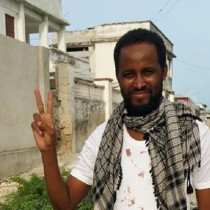


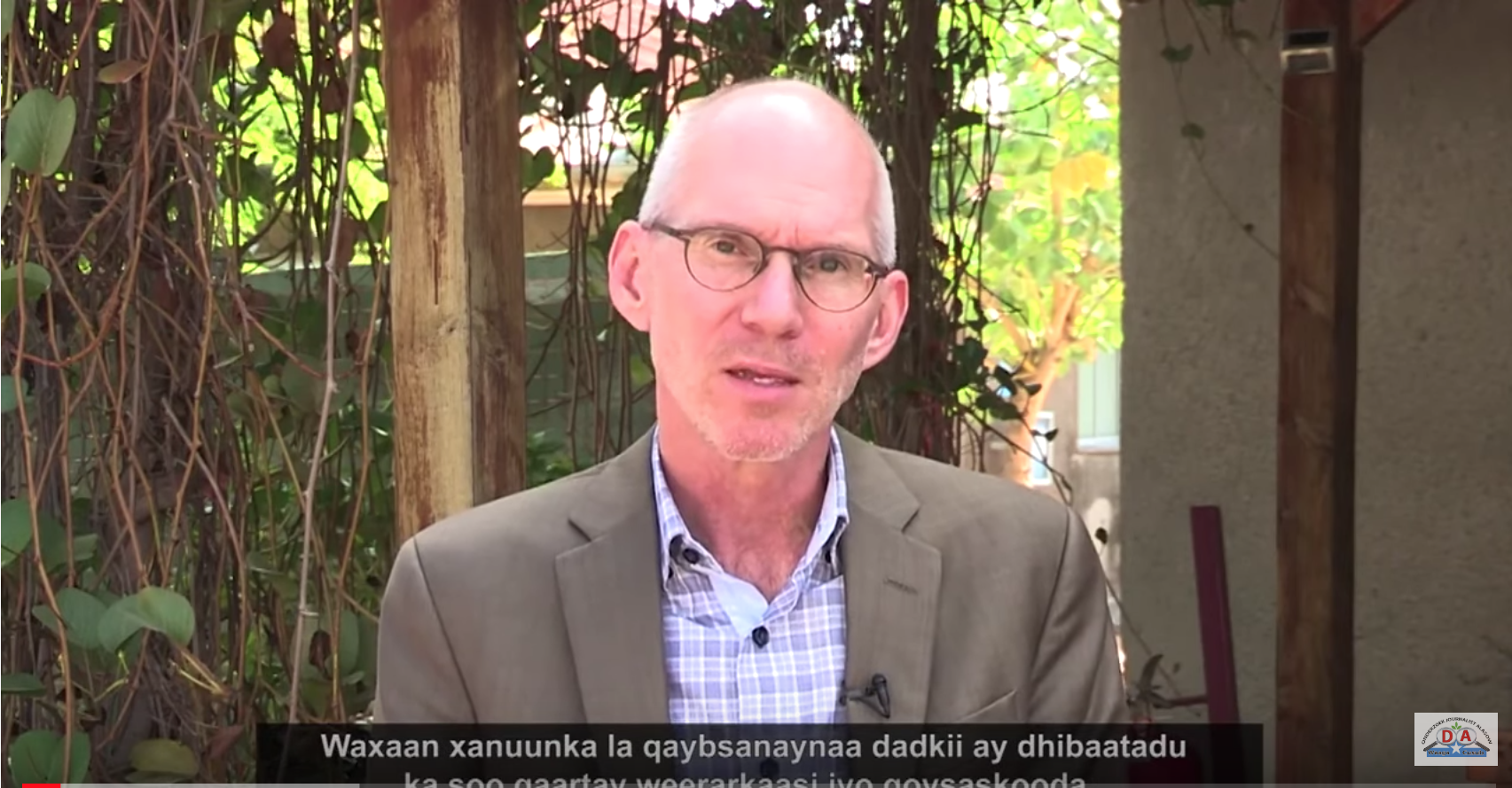
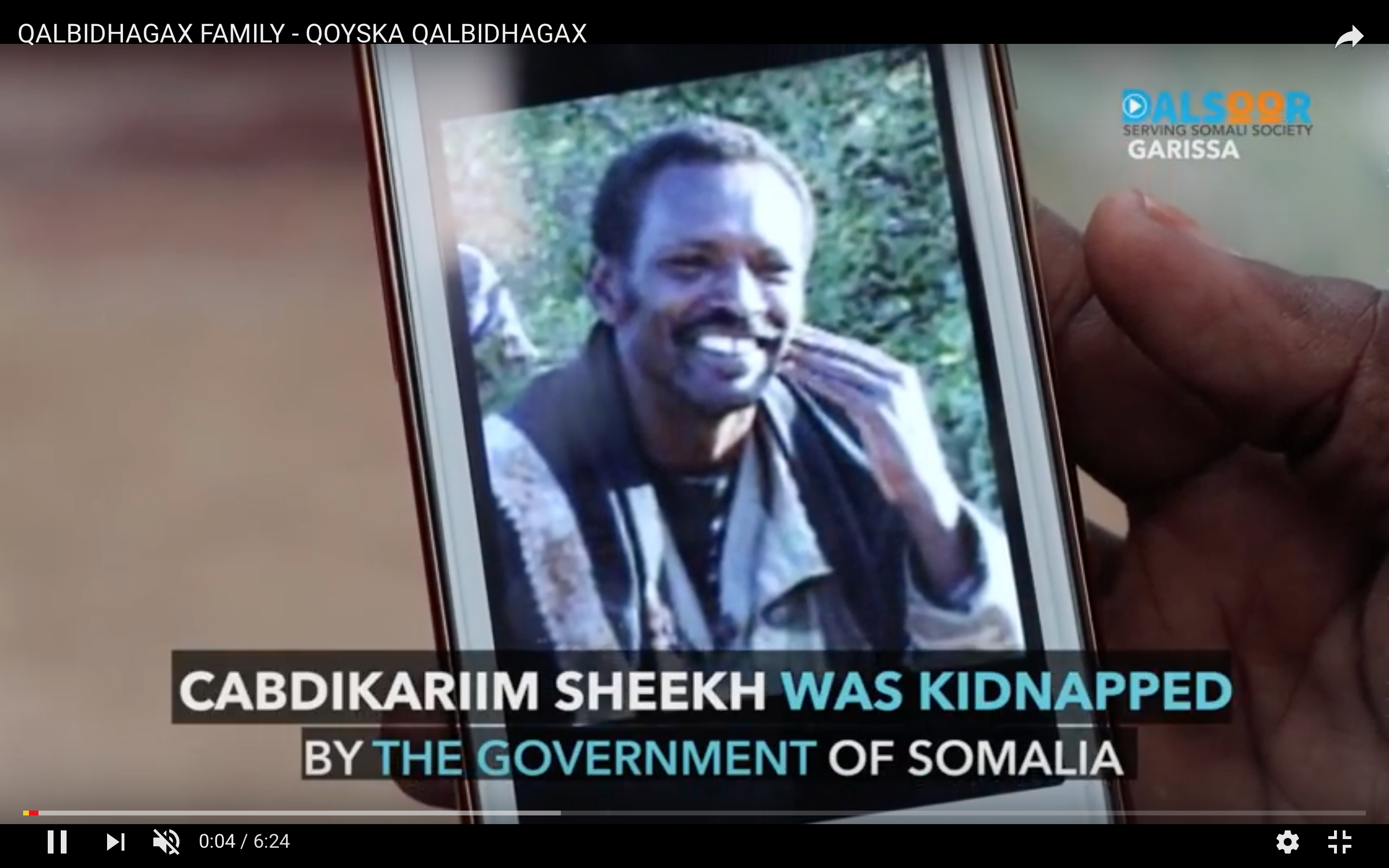
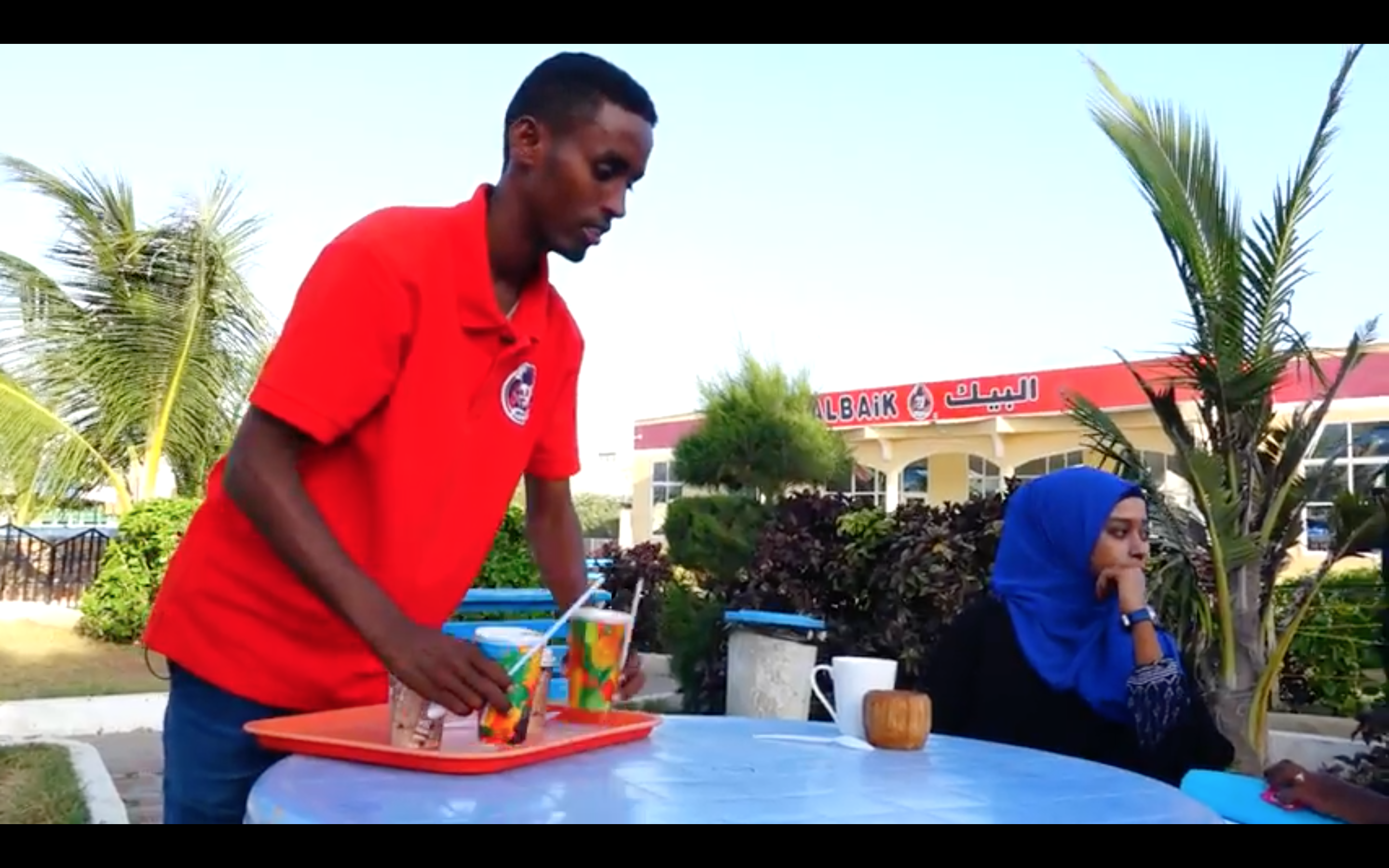
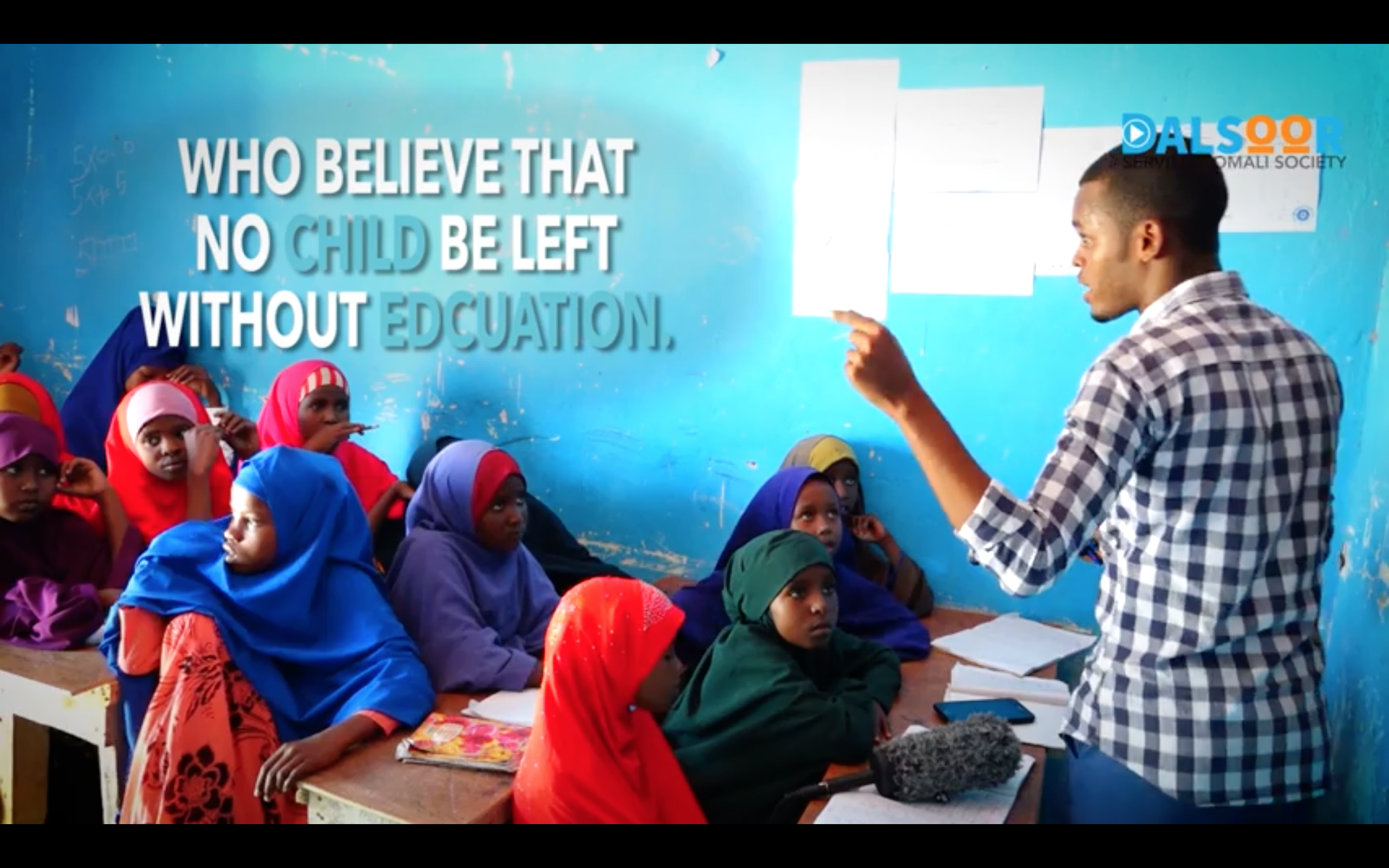
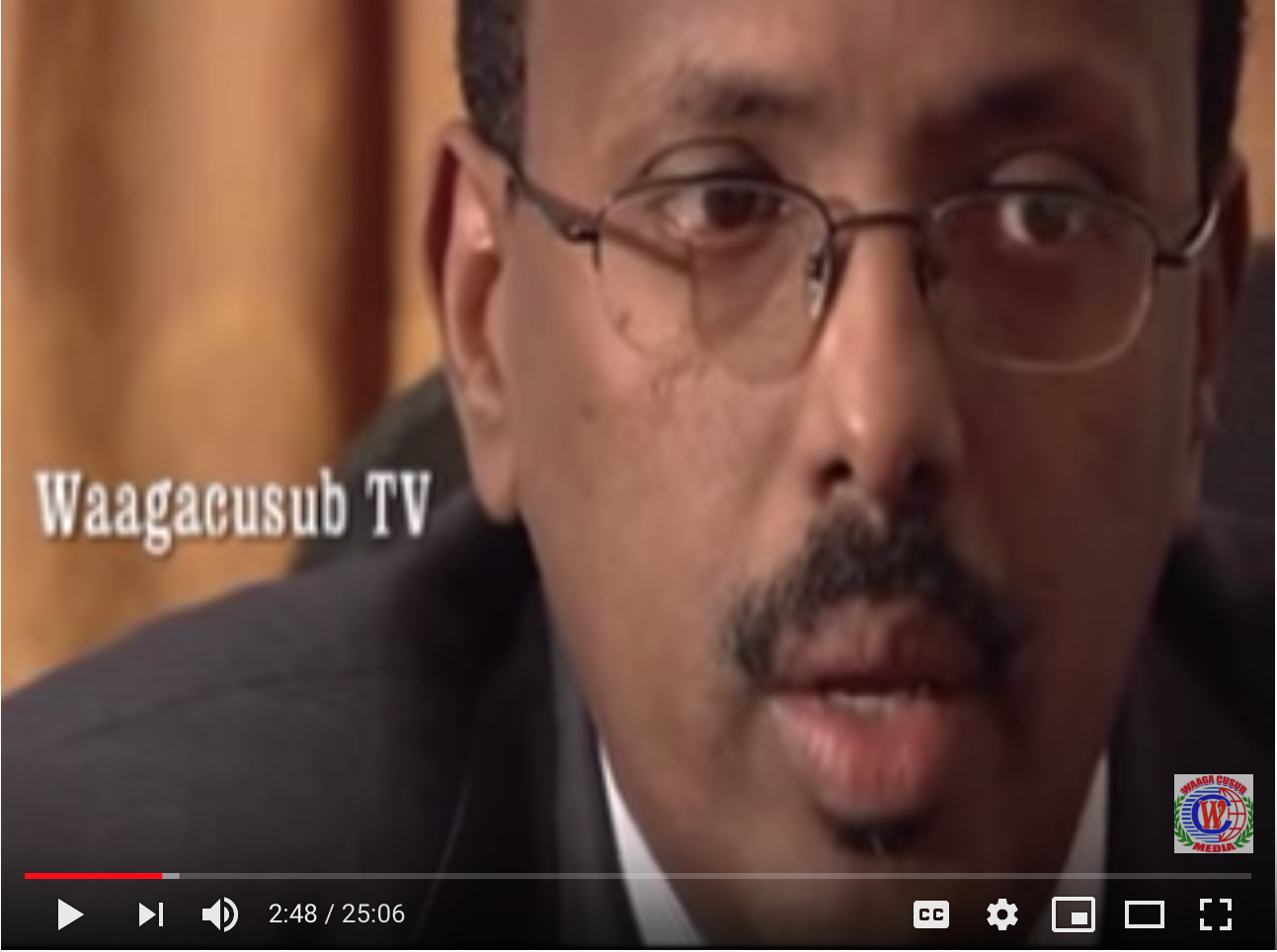

UN Report from Somalia - The case of Ali Abdi Wardhere
In late May 2016 a video was widely circulated on Somali social media which purported to be footage taken of two officials of the Mogadishu based NISA interrogating Hussein Hirsi, an official of the Yaqshid district administration, on his links with